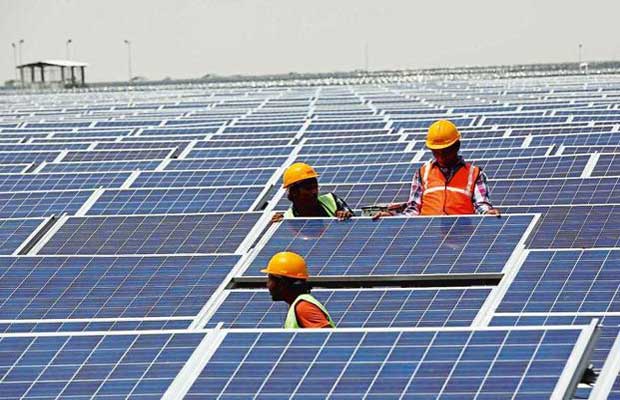NSO Releases Energy Statistics India 2025
The National Statistics Office (NSO) of India has released the annual publication titled Energy Statistics India 2025. This comprehensive report provides critical data on energy reserves, capacity, production, consumption, and trade. It covers various energy commodities, including coal, petroleum, natural gas, and renewable energy. The publication is accessible through the Ministry of Statistics and Programme Implementation’s official website.
Energy Supply and Consumption
- In the fiscal year 2023-24, India has seen a robust growth in energy supply and consumption.
- The Total Primary Energy Supply (TPES) increased by 7.8% from the previous year, reaching 9,03,158 KToE (Kilo Tonnes of Oil Equivalent).
Renewable Energy Potential
- India possesses potential for renewable energy generation, estimated at 21,09,655 Megawatts as of March 31, 2024.
- Wind power leads this potential, accounting for 11,63,856 Megawatts, which is approximately 55% of the total.
- Solar energy follows with 7,48,990 Megawatts, and large hydro contributes 1,33,410 Megawatts.
- The majority of renewable energy potential is concentrated in four states – Rajasthan, Maharashtra, Gujarat, and Karnataka.
Installed Capacity
The installed capacity for electricity generation from renewable sources has shown remarkable growth. From 81,593 Megawatts in March 2015, it has surged to 1,98,213 Megawatts by March 2024. This growth represents a compound annual growth rate (CAGR) of 10.36%.
Electricity Generation Trends
Electricity generation from renewable resources has also increased . In FY 2014-15, the gross generation was 2,05,608 GWh, which rose to 3,70,320 GWh in FY 2023-24, marking a CAGR of 6.76%. This trend indicates a strong shift towards cleaner energy sources in India’s energy mix.
Per-Capita Energy Consumption
Per-capita energy consumption has improved over the years. It increased from 14,682 Mega Joules per person in FY 2014-15 to 18,410 Mega Joules per person in FY 2023-24, reflecting a CAGR of 2.55%. This growth signifies enhanced access to energy among the population.
Reduction in Transmission and Distribution Losses
India has progressed in reducing electricity losses during transmission and distribution. Losses decreased from approximately 23% in FY 2014-15 to around 17% in FY 2023-24. This improvement indicates better infrastructure and efficiency in energy delivery.
Sectoral Energy Consumption
The industrial sector has seen the most increase in energy consumption, rising from 2,42,418 KToE in FY 2014-15 to 3,11,822 KToE in FY 2023-24. Other sectors, including commercial, residential, and agriculture, have also experienced consistent growth in energy consumption.
Month: Current Affairs - March, 2025
Category: Reports & Indexes Current Affairs






